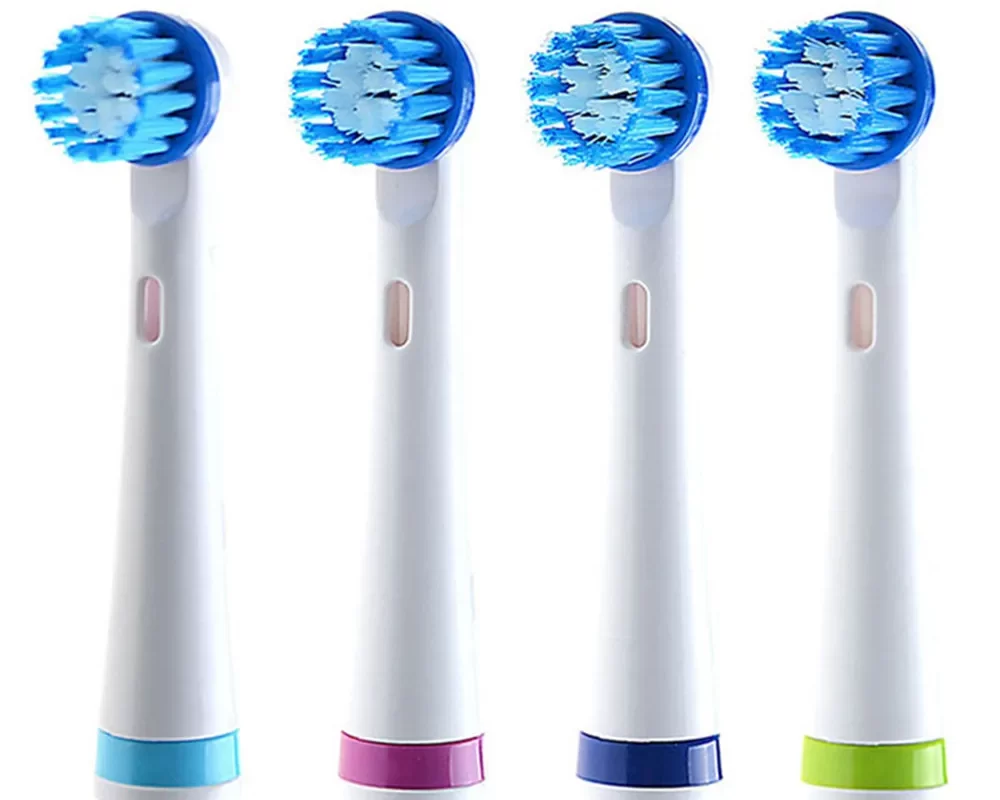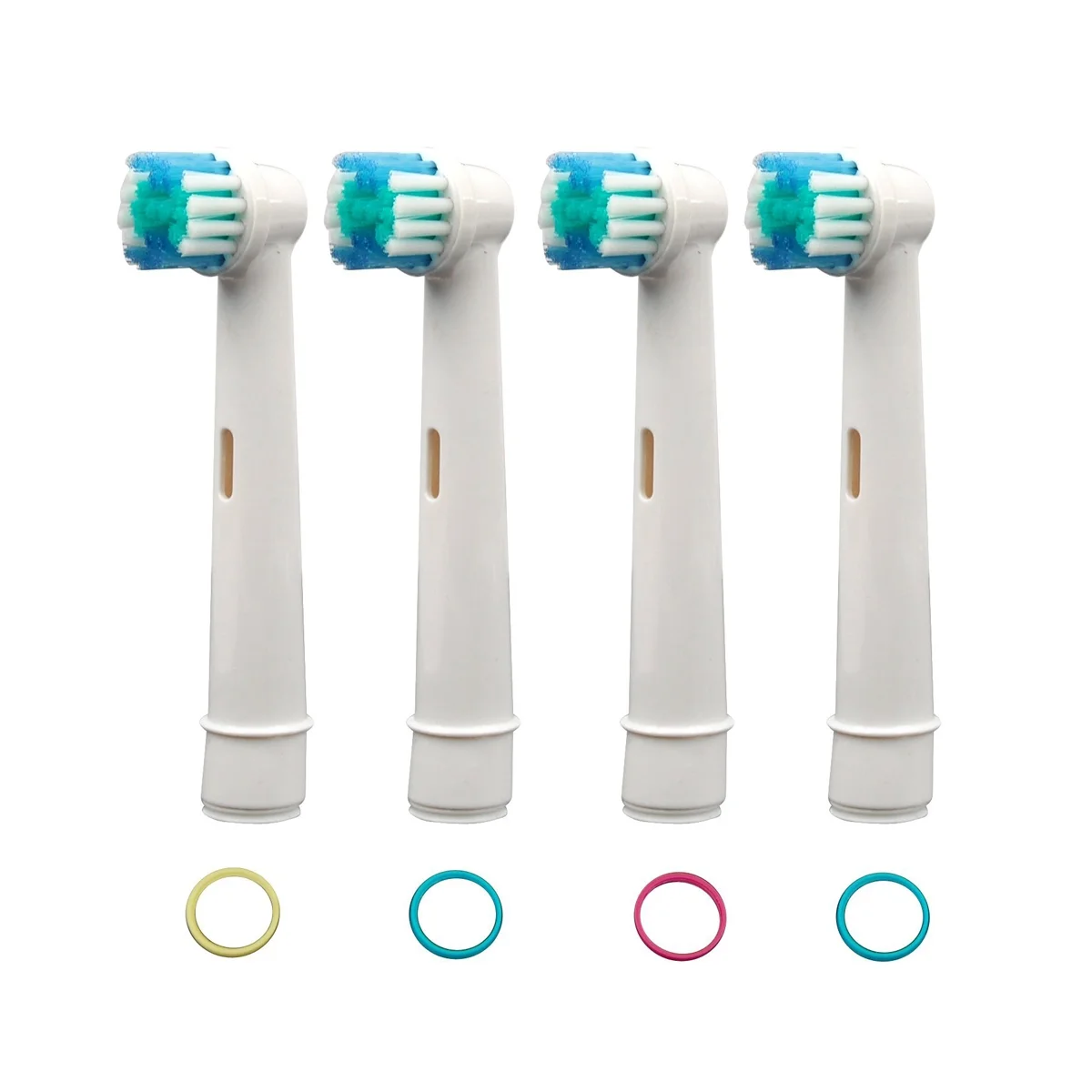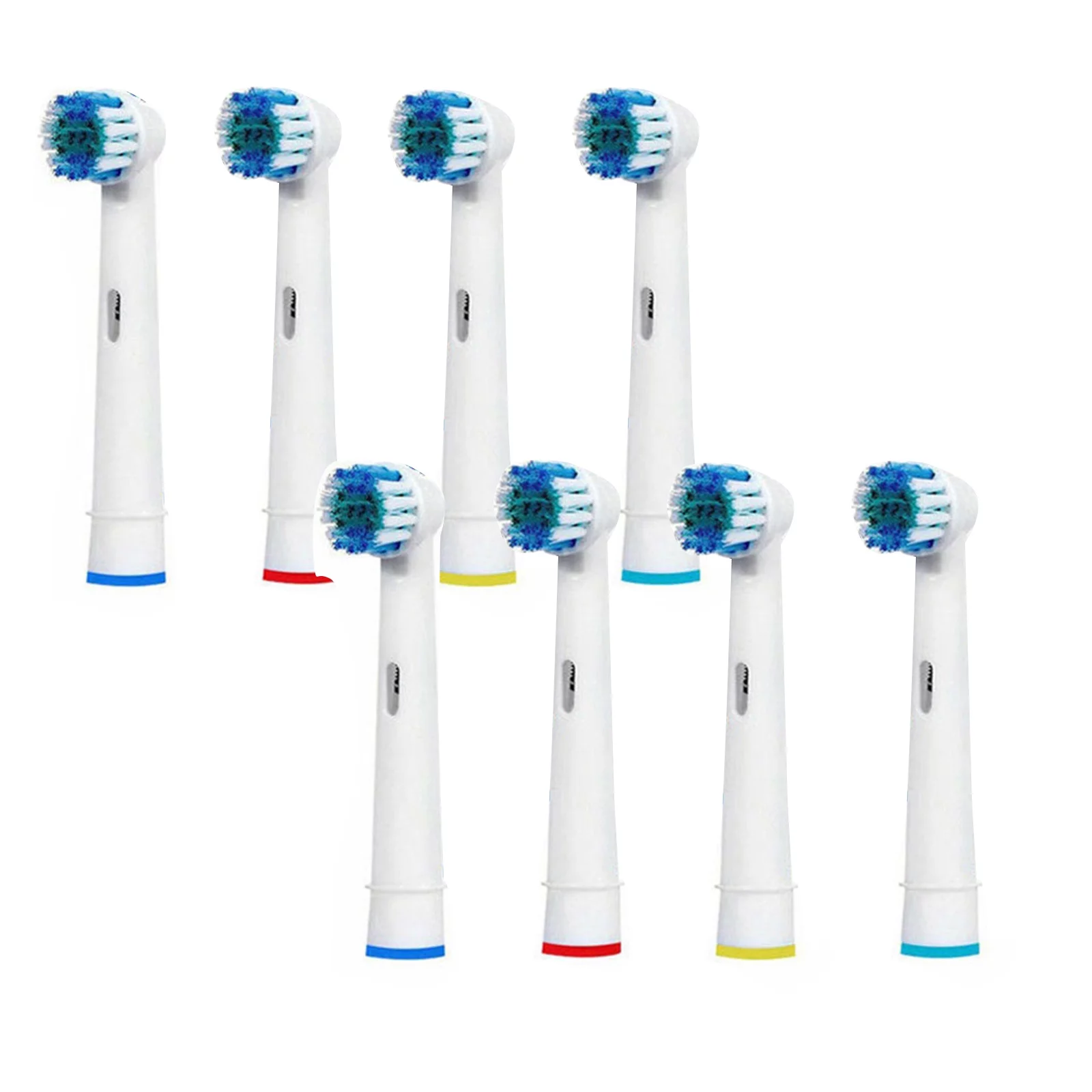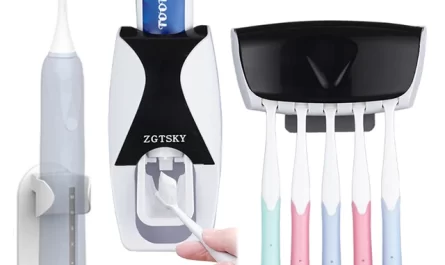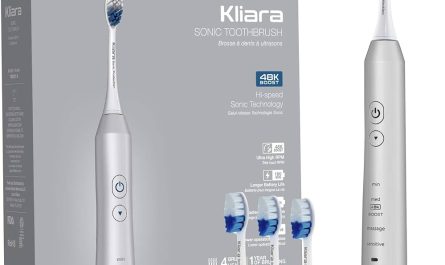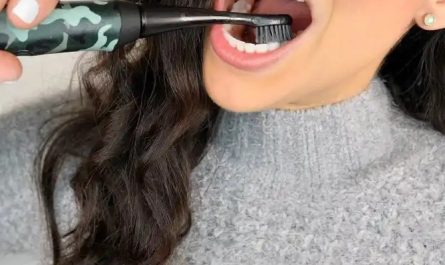Electric toothbrushes have revolutionized oral care, offering superior cleaning capabilities compared to their manual counterparts. However, to ensure the longevity and effectiveness of these devices, maintaining proper hygiene is crucial. One of the most critical aspects of maintaining an electric toothbrush is cleaning its brush heads. This guide will instruct you on various methods and techniques to clean electric toothbrush heads effectively.
Understanding Your Electric Toothbrush Head
Composition of Electric Toothbrush Heads
Electric toothbrush heads are typically made of plastic and rubber, with bristles made from nylon or silicone. Due to the materials used, these heads can accumulate germs and bacteria if not cleaned regularly. In addition, food particles and plaque can build up, compromising the efficiency of brushing.
Types of Electric Toothbrush Heads
Different electric toothbrushes come with various head types, including:
- Standard Heads: The most common type, designed for general cleaning.
- Interdental Heads: Specifically designed to clean between teeth.
- Orthodontic Heads: Tailored for individuals with braces.
- Sensitive Heads: Equipped with softer bristles for those with sensitive gums.
Each type has its specific cleaning requirements, though the basic approaches are often similar.
Why Cleaning Your Electric Toothbrush Head is Important
Preventing Bacterial Growth
The wet environment of a toothbrush head creates an ideal breeding ground for bacteria. Neglecting to clean your brush head can lead to the growth of harmful bacteria, which can subsequently be introduced into your mouth.
Extending the Life of Your Brush Head
Regular maintenance can significantly lengthen the lifespan of your electric toothbrush head. If not cleaned properly, bristles will fray and wear down, leading to less effective brushing.
Ensuring Better Oral Health
Regular cleaning of your toothbrush head ensures that you get a thorough cleaning of your teeth and gums. A dirty toothbrush can lead to plaque buildup and other dental issues.
How to Clean Electric Toothbrush Heads: Step-by-Step Guide
Now, let’s dive deeper into the various methods of cleaning electric toothbrush heads. These techniques will help you maintain your toothbrush’s hygiene effectively.
Basic Cleaning Method
This method is simple and quick but is essential for routine maintenance.
Step 1: Rinse After Each Use
After brushing, rinse the toothbrush head under warm water to remove toothpaste and debris.
Step 2: Shake Off Excess Water
Gently shake the toothbrush head to remove any excess water. This helps to prevent any moisture from accumulating, which can lead to bacterial growth.
Step 3: Wipe the Handle
Use a damp cloth or antibacterial wipe to clean the handle of the toothbrush, especially where your hands grip it.
Step 4: Dry
Store the brush head upright or in a holder that allows it to air dry completely, avoiding the bathroom counter where bacteria might accumulate.
Deep Cleaning Method
While the basic method should be done daily, deep cleaning should be performed weekly or bi-weekly.
Step 1: Prepare a Cleaning Solution
Mix a solution of warm water and mild dish soap in a bowl.
Step 2: Soak the Brush Head
Remove the brush head from the electric toothbrush and submerge it in the prepared solution for about 10-15 minutes.
Step 3: Scrub
After soaking, use a soft-bristled toothbrush or a sponge to gently scrub the bristles. Pay special attention to the sides and base of the brush head, as plaque can build up in harder-to-reach spots.
Step 4: Rinse Thoroughly
Rinse the brush head under warm running water to remove the soap solution. Ensure that no soap residue remains.
Step 5: Air Dry
Set the brush head upright to air dry completely before reattaching it to the toothbrush.
Disinfecting the Brush Head
It’s also beneficial to disinfect the brush head every few weeks to eliminate any persistent bacteria.
Step 1: Vinegar Solution
Mix equal parts of white vinegar and water in a bowl.
Step 2: Soak the Brush Head
Submerge the brush head in the vinegar solution for 10-15 minutes. Vinegar is a natural disinfectant and will help break down any accumulated grime.
Step 3: Scrub and Rinse
After soaking, scrub the brush head gently and rinse it thoroughly with warm water.
Using Hydrogen Peroxide
Another effective way to clean your toothbrush head is by using hydrogen peroxide.
Step 1: Prepare the Hydrogen Peroxide Solution
Mix equal parts of hydrogen peroxide and water in a bowl.
Step 2: Soak
Place the brush head in the solution for about 10 minutes. Hydrogen peroxide is effective at killing bacteria and fungi.
Step 3: Rinse and Dry
After soaking, rinse the brush head thoroughly with warm water and allow it to air dry.
Special Considerations for Sensitive Brush Heads
If you own a sensitive or orthodontic toothbrush head, be extra cautious with the cleaning methods to avoid damaging the softer bristles.
Step 1: Gentle Scrubbing
Use gentler scrubbing techniques — for example, a soft cloth instead of a hard scrub brush.
Step 2: Avoid Harsh Chemicals
Stay clear of bleach or strong disinfectant solutions; they could damage the bristles and make them less effective.
Storing Your Electric Toothbrush Head
Proper storage is just as vital as cleaning. Here are some tips for storing your electric toothbrush head:
Use a Holder
Invest in a holder that allows the brush head to remain upright, which promotes proper air circulation and drying.
Keep it Dry
Avoid placing the toothbrush head in a closed container or drawer, as these environments can trap moisture and lead to bacteria growth.
Avoid Crowded Areas
Keep your toothbrush head away from other toothbrushes; this can limit the chance of cross-contamination.
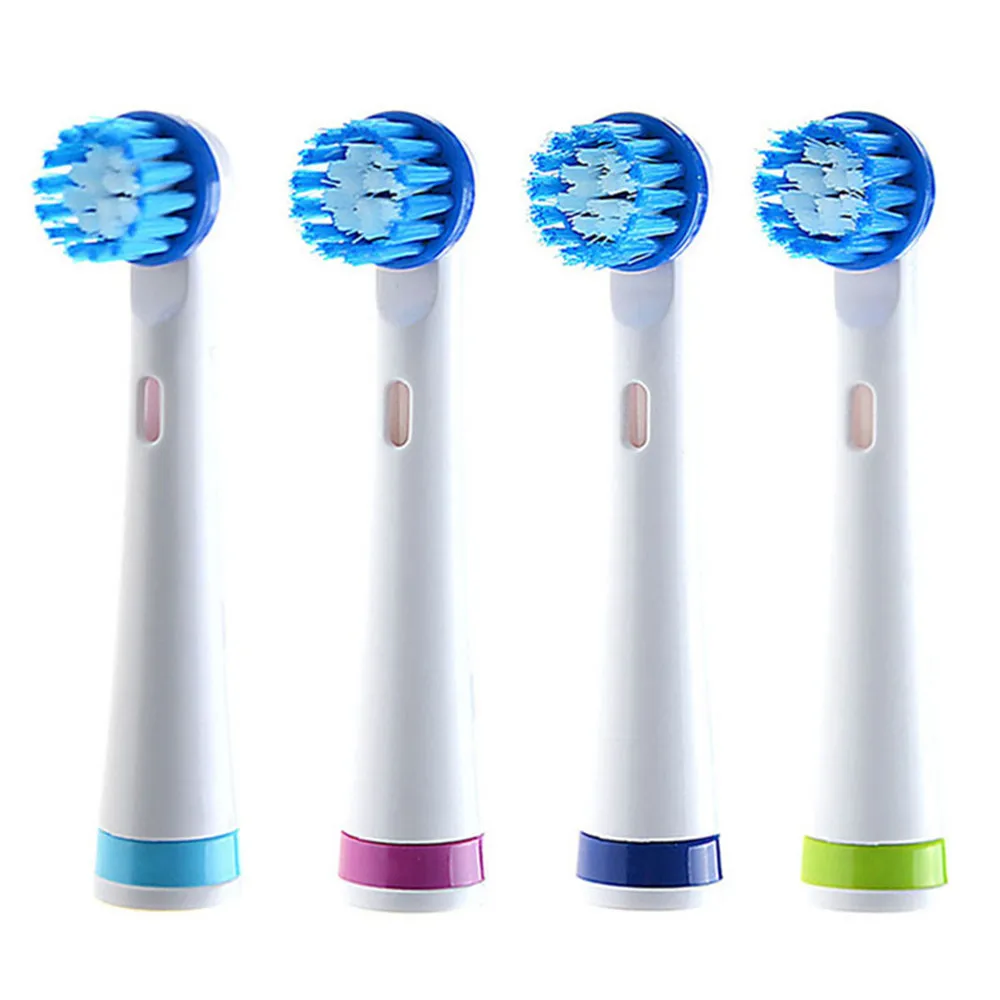 Changing the Brush Head
Changing the Brush Head
Regardless of how well you clean your electric toothbrush head, you should still replace it regularly. A general guideline is to change your brush head every three months, or sooner if the bristles begin to fray.
Signs that Your Brush Head Needs Cleaning
Being aware of the signs that indicate your electric toothbrush head needs cleaning is important:
- Discoloration: If the brush head is visibly stained or yellowed, it requires a thorough cleaning.
- Bad Odor: A funky smell can be a telltale sign of bacterial growth.
- Increased plaque: If you notice more plaque buildup despite regular brushing, it might indicate that your brush head is not as clean as it should be.
Additional Tips for Effective Cleaning
- Frequent Maintenance: Regular cleaning prevents buildup and reduces the risk of bacterial growth.
- Use Hot Water: Whenever possible, use hot water during rinsing and soaking. It helps dissolve toothpaste residue and kills germs effectively.
- Practice Hand Hygiene: Always wash your hands before handling your toothbrush. This minimizes the transfer of bacteria to the brush.
- Avoid Sharing: Never share your toothbrush with anyone else to avoid cross-contamination.
Eco-Friendly Alternatives
While maintaining your electric toothbrush head is important, you may also want to consider eco-friendly options. Some brands offer biodegradable toothbrush heads which can be replaced frequently without impacting the environment.
Conclusion
In conclusion, knowing how to clean electric toothbrush heads is essential for maintaining a healthy oral hygiene routine. Regular cleaning prevents the growth of germs and bacteria, prolongs the life of the brush head, and enhances overall oral health. By following the methods outlined in this guide—including basic and deep cleaning, disinfecting, and proper storage—you can ensure that your electric toothbrush remains as effective as possible. Keeping your electric toothbrush head clean will not only improve your oral hygiene but also give you peace of mind knowing that your brushing device is as hygienic as it can be. Invest the time in maintaining this crucial piece of your dental care routine, and you’ll reap the benefits in both your dental health and your overall well-being.

